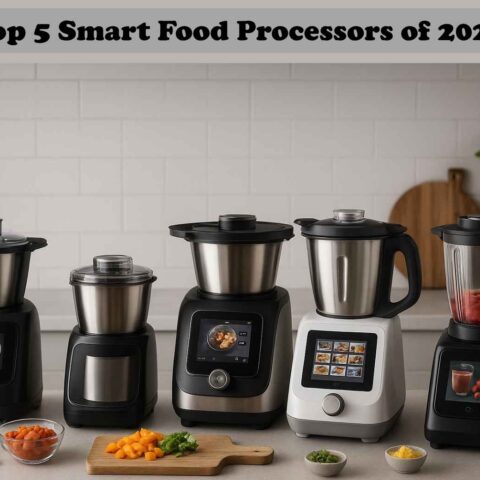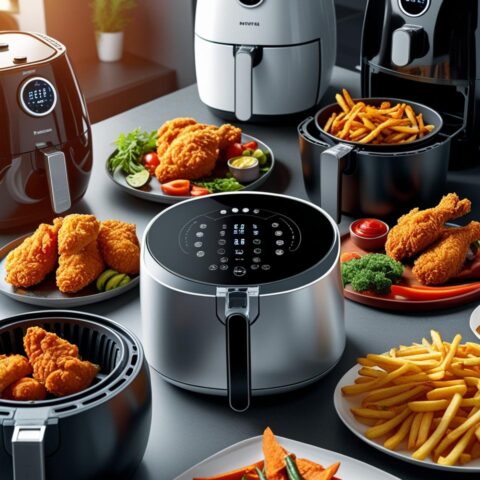A restaurant has several essential roles that must be filled, both in and out of the kitchen, in order to function properly. We’ve created a list of the bare minimum positions that need to be filled, a brief glimpse into some of their crucial duties, as well as a median salary range in the US. Naturally, the salary will change based on location, experience, type of restaurant, and external economic factors.
Head Chef ($75,100-$100,500)
- Responsible for overseeing all kitchen operations
- Manages kitchen staff
- Creates menus
Sous Chef ($42,336-$59,750)
- Execute recipes
- Helps manage kitchen operations
- Ensures kitchen is stocked
Line Cook ($28,921-$35,977)
- Prepare food according to recipes
- Assembles ingredients
- Cleans kitchen
Restaurant Manager ($50,247-$62,250)
- Responsible for overseeing the overall operations of the restaurant
- Ensures guests have a positive experience.
Server ($18,174-$23,652)
- Takes orders
- Serves food to guests
- Handles special requests and complaints
Host/Hostess ($21,310-$26,850)
- Greets guests
- Escorts guests to their table, distributes tables among servers
- Manages reservations, calls, and to-go orders
Other roles include dishwashers, bussers, as well as bartenders and barbacks (if there is a bar).
How do I find restaurant workers?
There are several approaches a manager can take when looking to hire restaurant staff.
As for offline resources, reach out to local culinary schools and culinary training programs and ask to arrange meetings with recent graduates or students in their final year. Many of these schools have career outreach centers that maintain contact with alumni to alert them to new job opportunities posted by restaurants in the area.
There are also many online resources at your disposal. LinkedIn is great, but it’s more for management and administrative positions rather than Front-of-House or Back-of-House kitchen positions. There are several
If your goal is success, hiring software is how to find restaurant employees in today’s world. Services like HigherMe leverage the power of automation to simultaneously send out job postings on all major online job boards, request documents, and screen and onboard candidates with just a click.
Once you’re up and running, implement an employee referral program in which current employees get a reward for successful hires they bring in.
5 steps for better and faster employee recruitment
Now that you have a decent knowledge of key restaurant positions, their duties, and where to find them, it’s time to actually recruit your staff. We’ve assembled some best practices to recruit efficiently and effectively.
Establish your requirements
Only you know what your restaurant really needs. List all the duties and minimum requirements of the position in your job posting. Many of these positions are low-paying, so you shouldn’t have over-the-moon requirements or you won’t get any applicants. Always lean towards giving people a chance to prove their aptitude and learn their skills on the job. Not only will this grant you a wider pool of candidates to lessen staffing shortages, your investment in these candidates will be rewarded with loyalty – as their skills and experience grow, your restaurant will get better.
Use online recruiting platforms
We’ll reiterate: you’re handicapped if you ignore online hiring software and recruiting platforms. To find staff, you need to meet them where they’re at. This means going online, putting job posts on all the major job boards, advertising your positions on social media, and getting alerted as soon as you get an application. With hiring software, all of this as well as application tracking and employee onboarding is automated and easily manageable.
Include an assessment
Include a brief kitchen assessment to allow candidates to demonstrate their prowess when it comes to kitchen vocabulary, communication skills, and customer service scenarios. Don’t go crazy with it or place an assessment too early into the hiring process or you risk scaring off potential applicants.

Screen carefully
Use a video conferencing software to verify if potential candidates are friendly, good at communicating, and on time. Ask clarifying questions about their resumes. Make sure you do this so you don’t waste time interviewing or hiring candidates who’ll flake or fail to perform on their first shift.
Offer rewards and incentives
Offer a bonus for a full year of consecutive employment, or a $500 referral bonus, or prizes to your employees for good attendance (not showing up late or missing shifts). Rewards and incentives are a vital mechanism in this industry to keep staff around.
Conclusion
Hiring, especially in the volatile food service industry, is a tough task. High turnover and lack of qualified applicants makes it difficult to fill your vacant positions (and keep them filled). In order to succeed, or even just stay competitive, you’ve got to use all the tools and technology available to you. In the present day, that means utilizing hiring software to automate and streamline the entire hiring process, leaving you more time to focus on all the other aspects of your restaurant.








